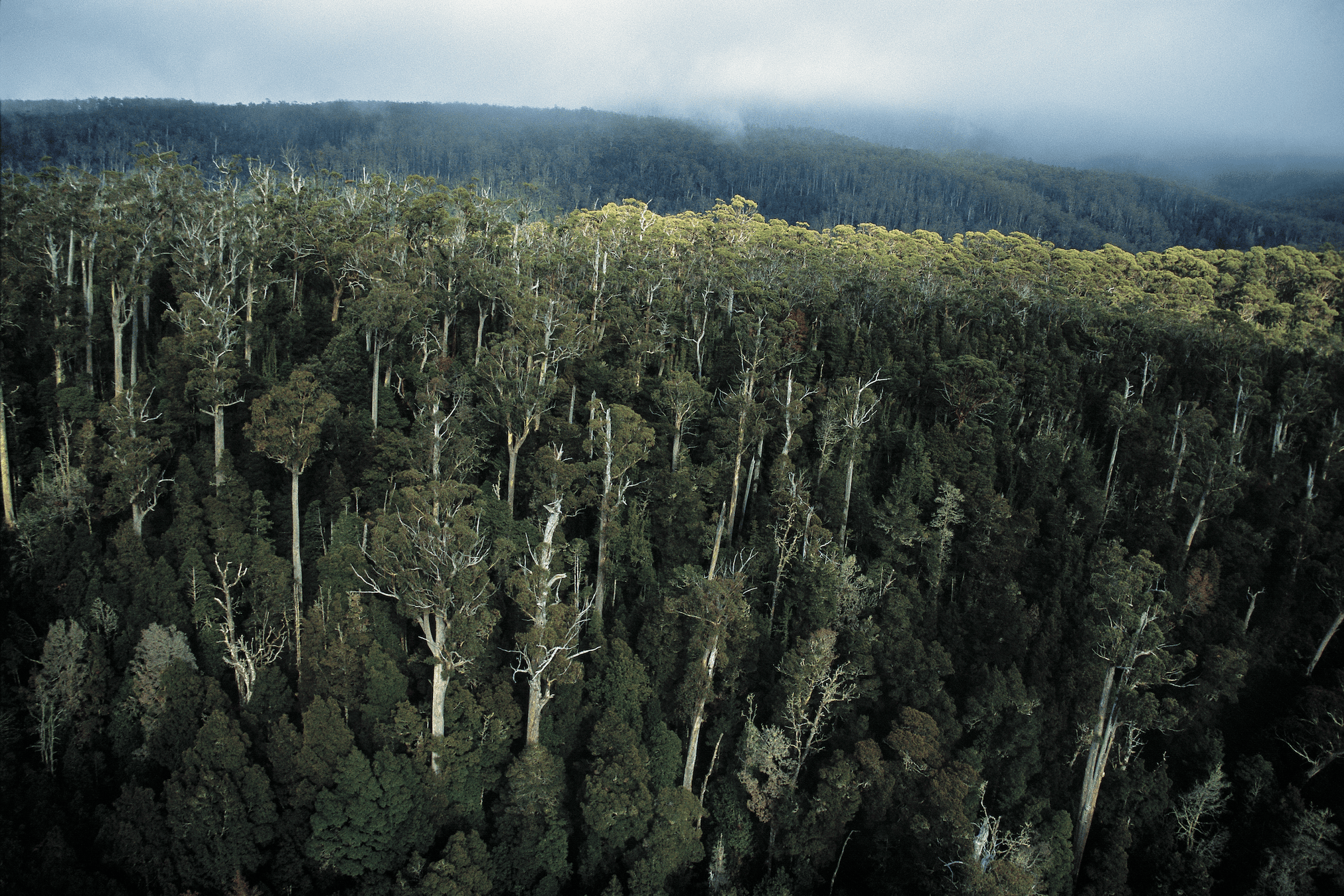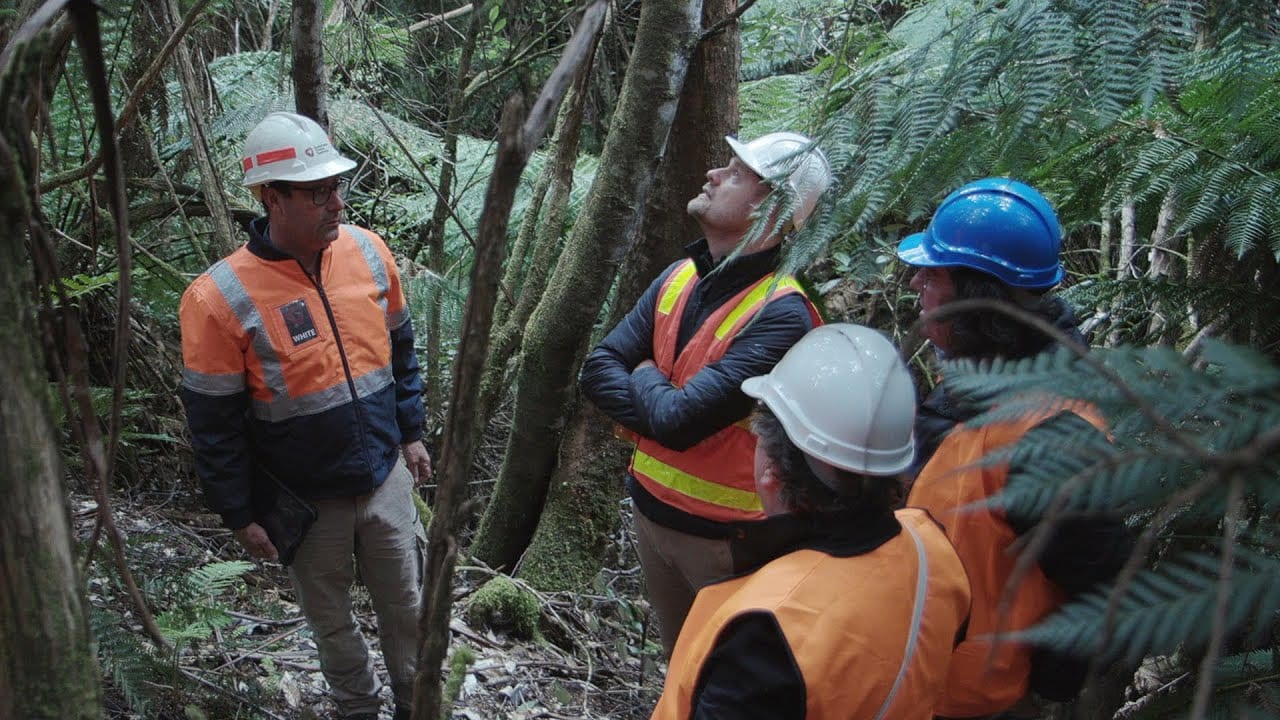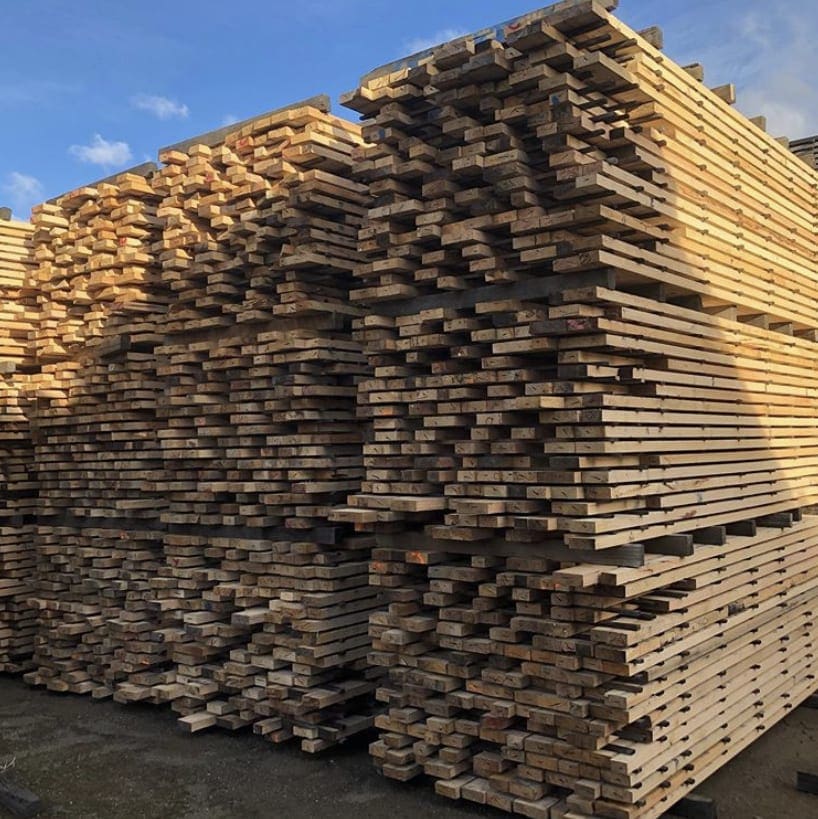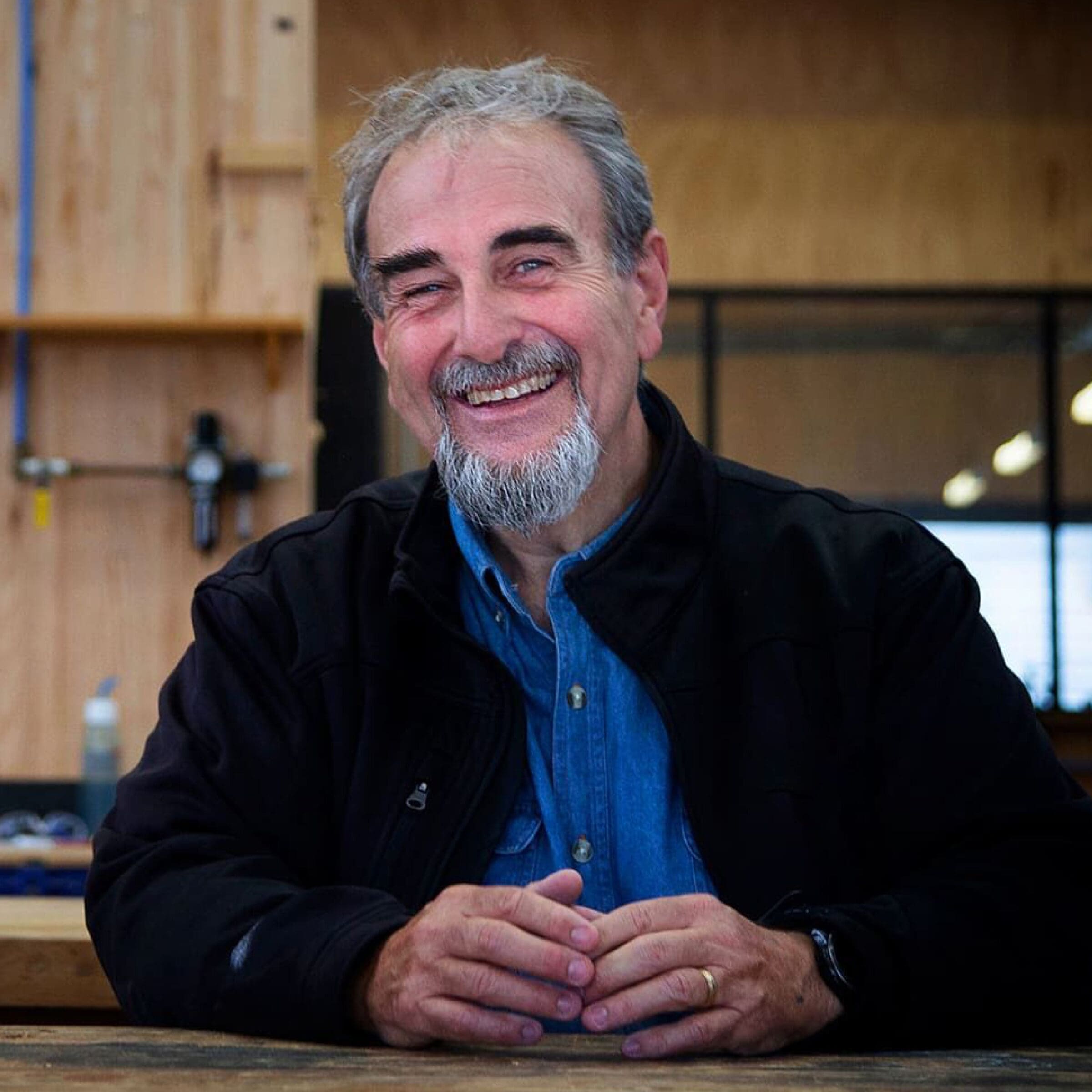Tasmania’s managed forests make a strong case for world class sustainability
Tasmanian timber is sourced from forests that are sustainably managed, independently audited and certified to an internationally acclaimed standard.
The end product is revered by designer-makers, architects, interior designers and furniture makers. Playing a significant role in the global fight against climate change, timber is The Ultimate Renewable resource. On the back of the Visiting Architects Program, Rod Pindar, partner at renowned architecture firm Fitzpatrick + Partners and Anne Chuter Manager of the Biodiversity Program at the Forest Practices Authority (FPA), discuss Tasmania’s world-class forest management system and how it’s sustainable management is ensuring Tasmania’s forests and forest species flourish for eternity.
Sustainable management
With over 15 years’ experience on a range of local and international projects, Rod Pindar explains that having an education on the product’s origins when specifying materials is essential to responsible architecture.
“Hardwoods are always something that needs to be selected carefully because we want to make sure that what we’re specifying is sustainable and that’s first and foremost how we specify and use timber and use it in our designs. We want to know what sort of certifications they have and how and where they are grown.”
“The quality of the product that’s coming out of Tasmania is very high but to then better understand the systems behind that and how it is being done in an environmentally responsive manner provides comfort to then go ahead and specify the product and use it in your design.”
“Walking around and seeing the timbers that Tasmania has on offer and the different species and how it’s being used, it’s sort of like being a kid in a candy shop. You know, you just want to play with it and design with it and work with it.”
“It’s incredibly exciting. I think a lot of architects have a love of timber because it is so workable, and because it is sustainable, and it’s just got that natural beauty and warmth to it.”
The Authority of the Forest
The program introduced Fitzpatrick + Partners to various stakeholders across the industry including Anne Chuter, Manager of the Biodiversity Program at the Forest Practices Authority (FPA). The FPA is the government watchdog for forestry practices in Tasmania, enforcing the laws of the forests across the sector. Anne Chuter was present at the Visiting Architects Program to shed insight on what’s happening behind the scenes to manage our environment that’s often missing from the forestry story.
“As an ecologist at the FPA it’s about making sure that forestry has due care for the environment. The Forest Practices System is a system where we can really achieve great things that can both balance wood production and environmental values.”
“We have a great team of people working at the FPA and we collaborate with people in the industry who are incredibly experienced and have amazing knowledge and are so good at what they do and it’s that collaboration that means that the system is really robust, it’s world-class.”
“Ecologists at the FPA have presented the system at various locations around the world and it’s always met with a positive response and comment at how well we’ve managed to develop our system.”
We have a really unique, co-regulatory or collaborative approach where It’s not just us as government people telling others what to do, but it’s also people on the ground feeding back into the system and helping with the monitoring and the reporting to achieve adaptive management. The independence of FPA keeps that co-regulatory system strong.”
The system is intricate and complex – and it’s working
Chuter explains that the system of checks and balances that’s in place, to ensure the forests are being managed properly, is intricate and complex and could not be done without the high level of skill and diversity of skill sets that’s found across the industry.
“A lot of preplanning goes into any sort of forestry operation, and not just what happens on the ground, but all the strategic planning that forest companies and individuals do. The planning process can start many years before the operation and includes desktop and field-based analysis of all the values.”
“Planning a forestry operation is not just about the timber value, but includes all the natural and cultural values you may have on the site. Planning requires site-visits, with people walking on the ground checking that whatever has flagged on desktop or spatial assessment is actually what’s on the ground. That takes a lot of time and these people walking around the forest and planning forestry operations are highly skilled and trained to be able to do that.
“For example, if they come across something that looks like a devil den, a nest for an eagle or a threatened plant they then get in touch with the FPA and we provide specialist advice.”
“We also go out into the forest to map the different vegetation communities, the streams, the soil, and the types and sizes of trees. There’s a huge amount of effort that goes into planning.”
The Forest Practices Plan provides prescriptions to manage all the special values found within the harvestable area while the harvesting and reforestation operations occur.
“Forest planners end up designing this complex network of retained areas within their harvesting unit to account for all the natural and cultural values. The people who do this work, the foresters who plan these operations are incredibly skilled at having to consider all these values.
“We audit a sample of operations to check that people are conducting operations in accordance with the forest practices plan. This is in addition to regular monitoring of operations by forest practices officers. It’s highly likely that if the plan is not being followed, it will get picked up and corrected in a timely manner. People should be confident that the system is working.”


















